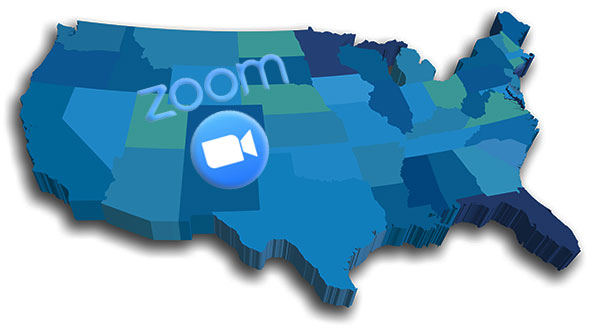If you are applying to college this Fall, you need to understand that big changes are coming to federal financial aid. These updates will affect how much you and your family can borrow, the types of loans available, and how repayment will work after graduation.
Below is a breakdown of what to expect and how to prepare.
Who Will Be Affected by These Aid Changes
Students applying to colleges during the 2025 – 2026 admissions cycle, and planning to start college in Fall 2026, will be the first to experience the full impact of these new rules. The changes apply to:
• Undergraduate students
• Graduate and professional school students
• Parents who plan to borrow through Parent PLUS loans for their undergraduate student
Key Changes to Federal Student Aid
New Borrowing Limits
There are new caps on how much students and families can borrow through federal loan programs.
• Undergraduate federal student loan limits per student remain at $27,000 ($5,500 1st and 2nd year, $6,500 3rd year and $7,500 4th year)
• Parent PLUS loans for their undergraduate student will be limited to $20,000 per year, with a lifetime cap of $65,000 per child
• Graduate and professional student loan caps include:
– $20,500 per year for master’s degrees, up to $100,000 total
– $50,000 per year for professional degrees (such as law or medical school), up to $200,000 total
• Lifetime cap on all federal students loans – from undergraduate through graduate school – is $257,500
• As a note and for perspective, the current cost of attendance at many public universities is more than $30,000 per year for in-state students and even greater for out-of-state students.
Repayment Options Are Changing
For loans disbursed after July 2026, borrowers will only have two repayment options:
• A standard 10-year repayment plan
• A new income-based repayment plan known as RAP (Repayment Assistance Plan)
• All previous income-driven repayment options will be discontinued for new borrowers.
Deferment Options Will Be Reduced
Economic hardship and unemployment deferments will no longer be available for new borrowers. Instead, students will be limited to forbearance, which will last up to 9 months within any 24-month period. Interest will continue to accrue during this time.
Pell Grant Eligibility Will Tighten
Pell Grants, for the most underresourced students, will no longer be available to students receiving full-ride scholarships. Eligibility will be more closely tied to a student’s Student Aid Index (SAI), the federal formula determining financial ability.
Pell Grants will now be available to cover some short-term, high-quality job training programs.
Aid Cannot Exceed the National Median Cost by Program
Students will not be able to receive more federal aid than the national median cost for their academic program, regardless of what their college charges. These median costs will be determined annually by the Department of Education.
Colleges May Impose Lower Loan Caps by Program
Colleges will have the authority to set borrowing limits for specific academic programs, especially in fields that typically lead to lower starting salaries.
FAFSA Will Be Simpler and Open Earlier
The FAFSA for 2026 – 2027 will officially open on October 1, 2025, with a limited rollout to select school districts and organizations beginning in August.
Improvements to the process will include easier contributor invitations for parents, who no longer need a separate FSA ID unless they choose to start the form on behalf of their student.
Fewer Repayment and Forgiveness Options for PLUS Loans
New PLUS loans (for parents of undergraduate students and for graduate students) will not be eligible for income-driven repayment or Public Service Loan Forgiveness. Parents with older PLUS loans have a one-year window to consolidate and enroll in the current Income-Contingent Repayment plan before it closes to new borrowers in July 2026.
What These Changes to Financial Aid Mean for Students and Families
Students beginning college before July 2026 will be allowed to use the current, more flexible loan rules for up to three years.
If you’re applying for Fall 2026 enrollment or beyond, it is important to:
• Plan ahead by reviewing college costs and financial aid policies
• Apply for outside scholarships to reduce the need for borrowing
• Understand the new borrowing caps and their long-term impact
• Compare colleges with affordability in mind
Be cautious when considering private loans, which often come with higher interest rates and fewer protections. These new policies mark the most significant overhaul to federal student financial aid in decades. While they aim to reduce debt and simplify the process, they also place stricter limits on borrowing and repayment support.
If you’re applying to college during the 2025 – 2026 admissions cycle, it’s more important than ever to build a college list that reflects both your academic and financial goals. Early planning, cost comparisons, and careful research will be key to making a confident and sustainable college decision.
Looking for help with the college search and application process? We help students and families through the entire college planning journey – from search, applications and essays to interview prep, financial aid consultation and final school selection.
Contact us at info@signaturecollegecounseling.com or by phone, 845.551.6946. We work with students through Zoom, over the phone and by email.



